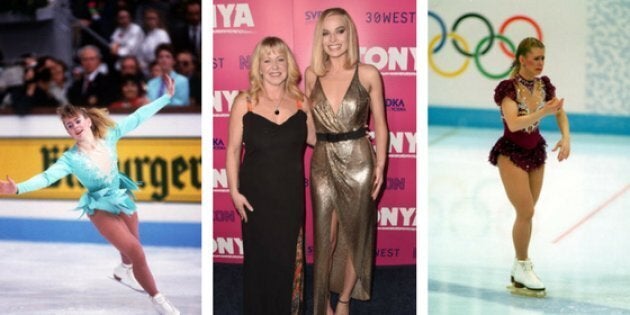
It's been 24 years since the biggest scandal to ever hit (pun ... totally intended) the world of figure skating dominated TV sets and newspaper headlines, and on Sunday we'll know if the drama is worthy of an Oscar.
We're talking, of course, about the explosive rivalry between U.S. figure skaters Tonya Harding and Nancy Kerrigan. To make a long and twisted story as short and simple as possible: as pressure to make the 1994 Olympic team mounted, Kerrigan was clubbed in the knee in an attack orchestrated by Harding's ex-husband (which Harding claimed she knew nothing about beforehand).
Both Kerrigan and Harding still competed in Lillehammer, where Kerrigan won a silver medal and Harding ... well ... Harding had a highly-televised meltdown over a broken boot lace and eventually finished in eighth place.
After the Olympics, Harding pleaded guilty to conspiring to hinder the prosecution of those responsible, and was placed on three years probation, fined $160,000 U.S., and banned from the U.S. Figure Skating Association.
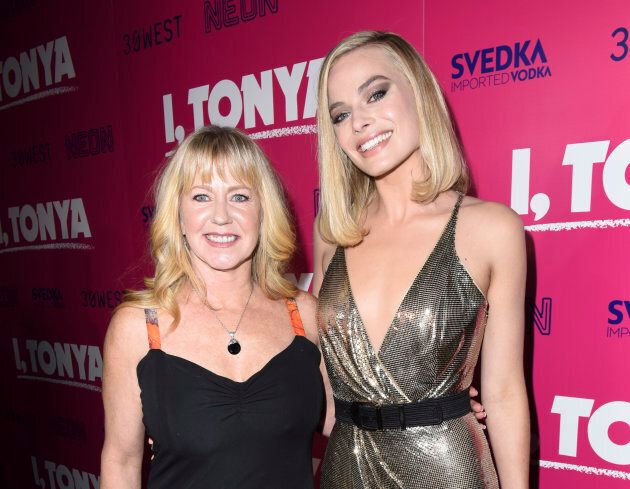
We're still feeling the dramatic effects today as the riveting film depicting Harding's side of the story, "I, Tonya," stands to win as many as three Oscars Sunday night. Margot Robbie, who portrayed Harding, is up for best actress; Allison Janney, who portrayed Harding's mother, is up for best supporting actress; and Tatiana S. Riegel is nominated for best film editing.
Here are five things you might not have known about Tonya Harding, her effect on figure skating, and how the scandal continues to unfold today.
1. Harding made serious skating history before sh*t hit the fan
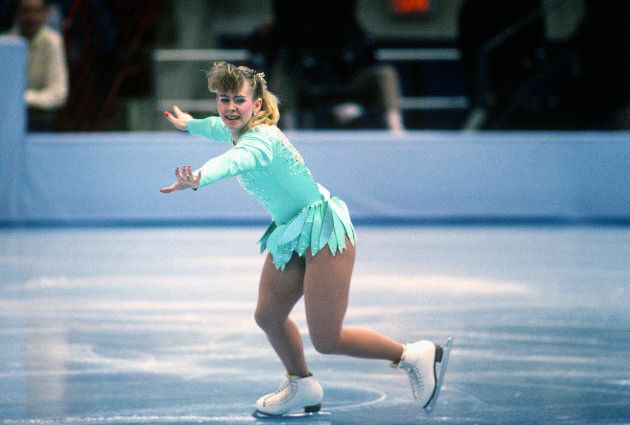
Tonya Harding secured a place for herself in the record books by being the first U.S. woman to land a triple axel in competition in 1991. She was also the first in the world to land two of them in a single competition, which she did at Skate America in 1991, according to ESPN.
Prior to PyeongChang, she was still one of just eight women to ever land the jump in an international competition, ESPN reports. American skater Mirai Nagasu landed the elusive triple axel at the 2018 Olympics, joining the ranks and becoming the first U.S. woman to land the triple axel in Olympic competition.
"(Tonya Harding) brought a fierceness and an athleticism that rivalled the men's skating," Jocelyn Jane Cox, a former competitive ice dancer, told Refinery29 in January. "She sort of increased the technical game. Quite a bit."
"The jump was both stunning in its athleticism and historic in its success. To that point, Midori Ito, the 21-year-old Japanese dynamo, was the only other woman to have landed one, in 1988," The New York Times reported in 1991.
2. The scandal did wonders for ratings
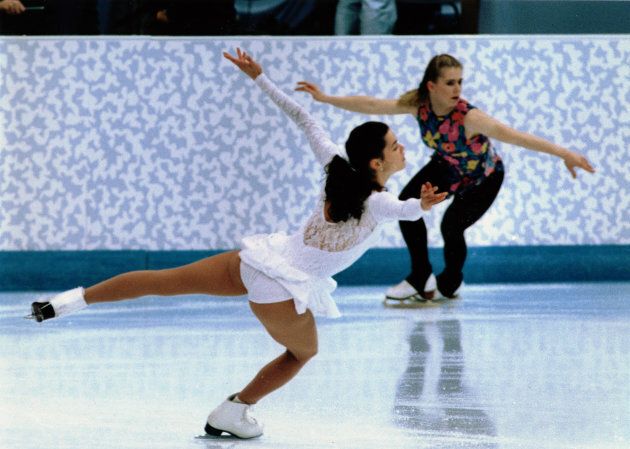
During the 2018 PyeongChang Olympics, ice dance darlings Tessa Virtue and Scott Moir set a ratings record when 4.3 million people tuned in to watch their gold medal moment on Feb. 19 — the most-watched moment of the 2018 Games thus far, according to CBC.
Super impressive, right? Now, compare that to the 126.5 million people who tuned into the 1994 Lillehammer women's figure skating short program to watch Harding and Kerrigan skate — the fourth-largest prime time audience in history up to that point, according to the Washington Post.
"It doesn't take a rocket scientist or even a couch potato in the proper supine position to know that the ongoing saga of skaters Kerrigan and Harding has been the high-test fuel to launch CBS's numbers into the ionosphere during most of the past two weeks," Washington Post writer Leonard Shapiro wrote of the ratings.
3. The figure skating boom didn't end there
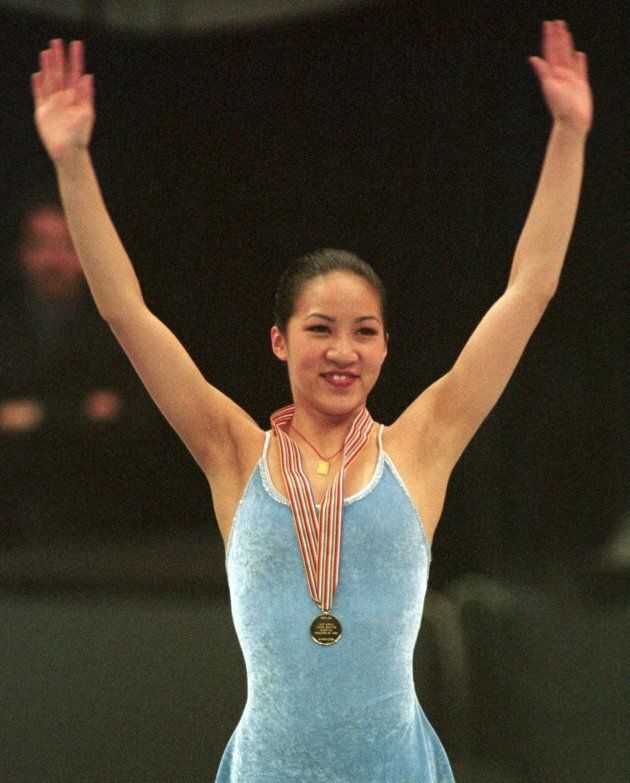
Prior to the Harding and Kerrigan scandal, figure skating was largely considered elitist and only something to watch when the Olympics rolled around, according to the Associated Press.
But after, people couldn't get enough, and this boom lasted the rest of the 1990s. Skaters such as Michelle Kwan and Oksana Baiul became household names, and the biggest stars regularly made seven-figure salaries, the Associated Press reported.
Stars on Ice and Champions on Ice surged in popularity, visiting cities around the world.
"(Business) quadrupled when that incident happened. It put skating in the stratosphere; you couldn't sell enough tickets," said Tom Collins, who owned Champions On Ice for three decades.
4. After she was banned from U.S. figure skating, Harding became ... a boxer
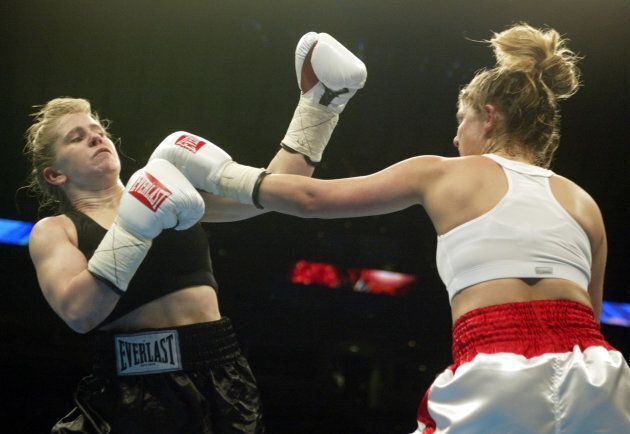
The hits kept on coming for Harding.
Well beyond 1994, making fun of her was practically a national pastime (even Barack Obama made a joke about pulling "a Tonya Harding" against an opponent in 2007). Then there was the sex tape. And then, Harding embarked on a short-lived career that pretty much welcomed scorn, given her past: professional boxing.
After winning a "Celebrity Boxing" match in 2002, Harding, then 32, turned pro shortly after, ESPN reports. Although her media attention was reason enough for ticket sales to "skyrocket," Harding still gave the sport her all, boxing promoter Tony Holden told ESPN.

"Her tenacity was her strength. She gave it her all and never laid down, but she could never have contended with the top fighters at the time because she didn't have any amateur background," Holden said.
"Her skills and defence lacked. It was more of a media attraction than a pure boxing show. But she took it 100 per cent seriously and trained very hard."
She stopped training in 2005, after getting pneumonia and struggling with weight gain from the medications prescribed for its treatment, Mental Floss reported.
5. Harding kind of knew about the planned attack this whole time
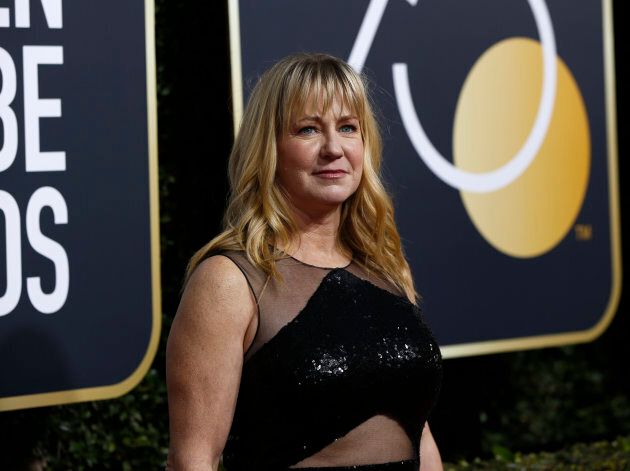
WHAAATTT? Just when "I, Tonya" got us feeling pretty sorry for Harding and how events unfolded (seriously, have you seen it yet?), she revealed that, ya, she suspected Kerrigan's knee had it coming.
"I knew something was up," Harding said in the ABC special "Truth and Lies: The Tonya Harding Story" this January.
She denied ordering the attack, but added "I did, however, overhear them talking about stuff. 'Well, maybe we should take somebody out so we can make sure [Harding] gets on the team.' And I remember telling them, I go, 'What the hell are you talking about? I can skate.'"
Still, Harding said she believed she was a "pawn."
"I am always the bad person and I never understood that," she said, according to People.
Also on HuffPost: